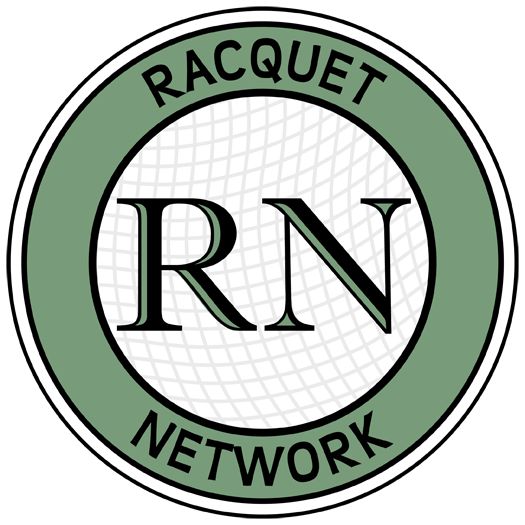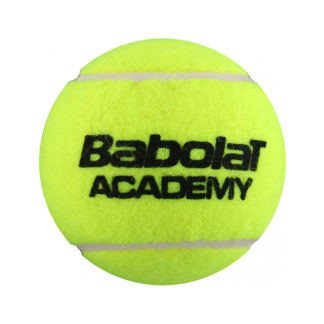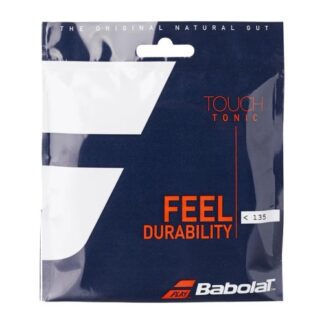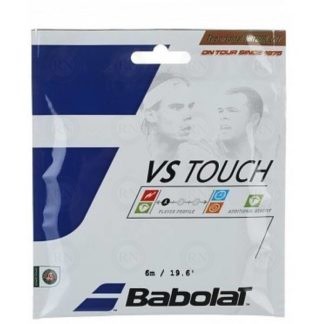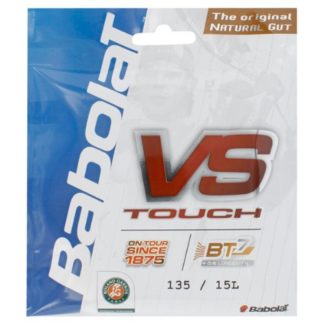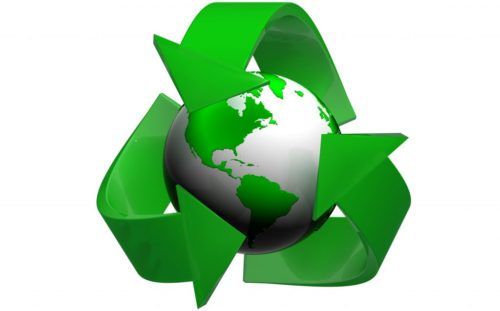
More often now than ever before, customers are asking us about ways they can reduce the environmental footprint created by their decision to play tennis. Even clubs are becoming curious about how to make more eco-friendly decisions.
Here are three ways that your club can have an instant impact and reduce the amount of plastic waste generated by your club members.
1. Mandate Pressureless Tennis Balls
Depending on the size of your club, your members could be generating anywhere from 500 to 50,000 discarded plastic tennis tubes annually. Just one case of balls, for example, generates 24 tubes that go straight into the garbage. And since most tennis ball tubes cannot be recycled due to their metal rims, then end up in our landfills.
The simplest way to solve this problem is to mandate pressureless tennis balls. Not only do pressureless balls NOT come in pressurized plastic tubes, they last much longer than pressurized balls because they never go flat. In fact, clubs that we service with pressureless tennis balls have reduced their ball expenditures by more than 80% and their club’s generation of plastic tubes by 100%.
2. Mandate Eco-Friendly Strings
Tennis strings are second only to balls when it comes to generating plastic waste in tennis clubs. Not only are synthetic strings made of one kind of plastic or another, but many string sets also come in plastic packaging.
The best way to reduce this is to mandate what can or cannot be sold in your pro shop and/or used on your courts. Fully organic strings offer the most comprehensive solution because they contain fully biodegradable fibers. And mandating that every club member use them prevents creating a situation in which synthetic string users get an advantage over natural gut users.
If getting to this level of commitment is something your members are not yet ready for, consider some smaller steps. For example, your club could mandate 50% natural gut — which would require that at least half of every tennis racquet would use organic string. Or you could consider mandating your pro shop to offer only string sets sold in recyclable cardboard packaging. Or better yet, eliminate packaging almost entirely by offering only off-the-reel options.
-
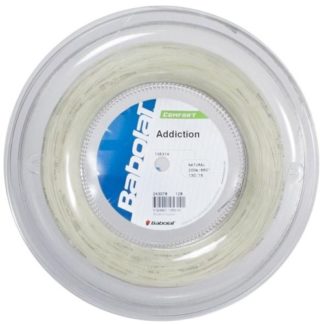
Babolat Addiction 16 Tennis String Reel
Original price was: CAD $230.00.CAD $215.00Current price is: CAD $215.00. -
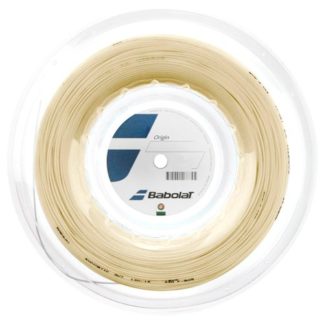
Babolat Origin Tennis String Reel – 17 Gauge
Original price was: CAD $400.00.CAD $385.00Current price is: CAD $385.00. -
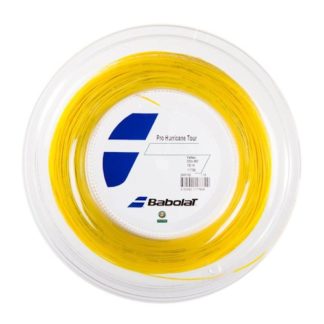
Babolat PH Tour Tennis String Reel
Original price was: CAD $280.00.CAD $240.00Current price is: CAD $240.00. -
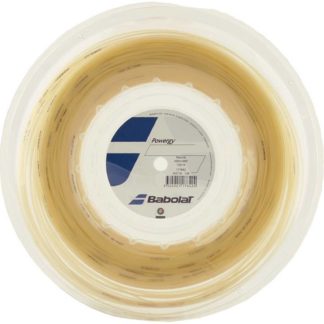
Babolat Powergy Tennis String Reel
Original price was: CAD $220.00.CAD $215.00Current price is: CAD $215.00. -
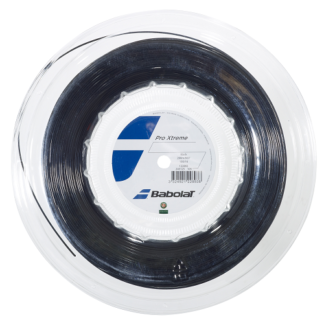
Babolat Pro Xtreme Tennis String Reel
Original price was: CAD $100.00.CAD $71.00Current price is: CAD $71.00.
The problem here, of course, is that players who want to rebel will buy their string elsewhere and may bring it to your club for installation. So in order to make this work, you may want also to mandate that club stringer can only use string purchased from the club.
3. Mandate Eco-Friendly Tennis Racquet Brands
Finally, the last thing you may want consider are the racquet brands that your club sells in its pro shop or allows players to use on their courts. Some brands — Head, for example — are especially aggressive in their marketing campaigns and introduce new frames and/or new colours every three months in order to cause players to throw out their old racquets and buy new ones.
-
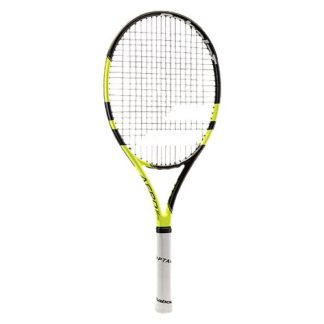
Babolat Aero Jr Tennis Racquet
Original price was: CAD $110.00.CAD $95.00Current price is: CAD $95.00. -
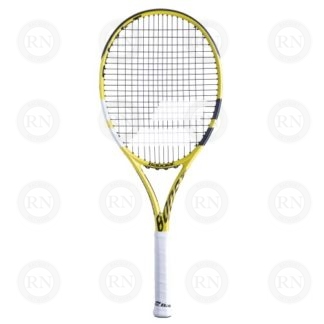
Babolat Boost Aero Tennis Racquet
Original price was: CAD $149.99.CAD $129.99Current price is: CAD $129.99. -
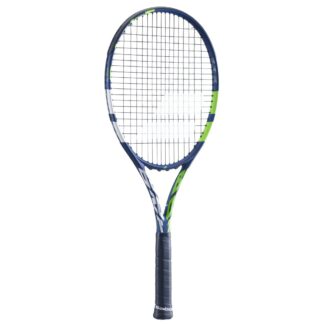
Babolat Boost Drive Tennis Racquet
Original price was: CAD $160.00.CAD $129.99Current price is: CAD $129.99. -
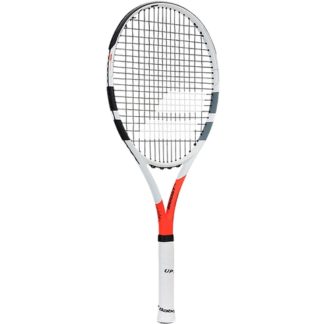
Babolat Boost Strike Tennis Racquet
Original price was: CAD $149.99.CAD $129.99Current price is: CAD $129.99. -
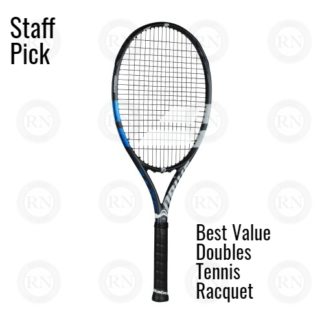
Babolat Drive G 115 Tennis Racquet
From: Original price was: CAD $230.00.CAD $199.99Current price is: CAD $199.99.
Other brands — like Babolat, for example — commit to their frames for three years before changing colours or introducing new technologies. We can tell you from our many years of experience as racquet retailers that players who play with brands that offer slower model turnovers buy many fewer racquets over the course of 20 years than players who buy brands with rapid model turnovers.
We can also advise you that setting up an internal club system whereby players can sell their old racquets to other members does not actually reduce waste, it seems to increase it. This happens because the rapid turnover players now have a way to get some revenue out of their used racquets. So most of them actually increase the number of new frames they buy.
In the end, all of these choices are personal and every club that wants to become more eco-friendly is going to get there a different way. The most important thing right now is that some of the ideas above make it onto your club agenda in order to provoke some discussion.
